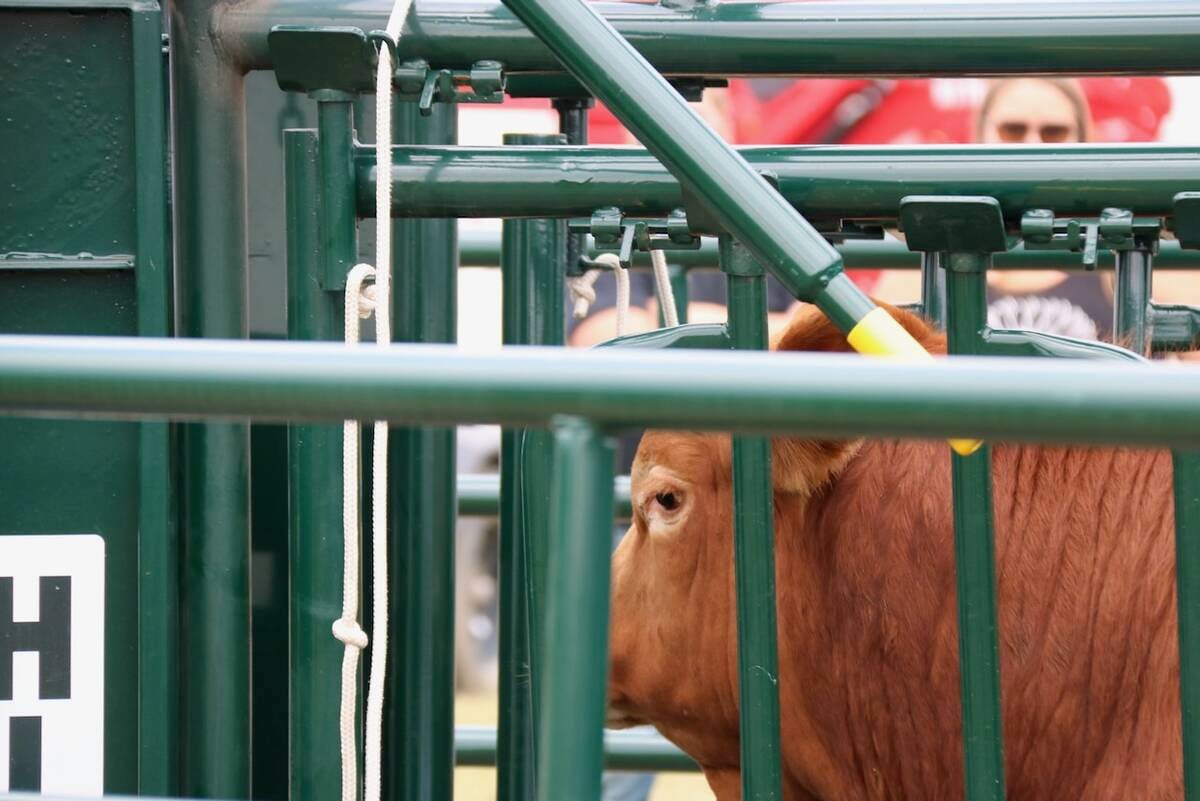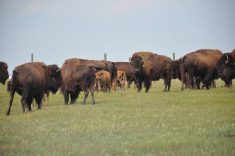Canadian hog industry leaders say existing federal programming is not working, credit has all but run out and the industry is in free fall.
Yet there were no pleas for relief.
Instead, they told MPs on the House of Commons agriculture committee March 15 some changes to AgriStability and a new Emergency Cash Advance program would help the industry get through the crisis.
Canadian Pork Council New Brunswick director Stephen Moffett argued that he can see recovery starting.
“We would all agree there are better times ahead.”
Read Also

Good handling equipment a must on cattle operations
It’s important for the safety of producers and everyone else dealing with their stock that handling equipment is functional and safe.
It was music to the ears of Saskatchewan Conservative MP Randy Hoback, who said the government is doing what it can but it is difficult to justify continued government help.
Moffett said market opening, reduced production, improving demand after the recession and some lowered input costs are reasons for optimism.
“I do think there are better times ahead and what we have to do is work to get there,” he said.
Most testimony from the industry was a litany of pressing problems.
CPC president Jurgen Preugschas from Mayerthorpe, Alta., told MPs that the margin-based AgriStability program requiring a farmer to have made money in two of the past three years no longer works for his members.
“As of the present year, our hog producers will get nothing from AgriStability because of the viability test that is no fault of theirs,” he said.
AgriInvest has also been of little help and most producers have maxed out their credit, leading many feed suppliers to require cash sales that farmers cannot afford.
“We can’t access credit and that makes it extremely tough.”
There was universal condemnation of the Hog Industry Loan Loss Reserve Program, which Preugschas said will help just three percent of producers and produce government-backed loans worth barely half of the $400 million allocated by the government.
He demanded that the unused money be targeted for other hog industry help.
Even though producers still owe in the $300 million range from an earlier Emergency Advance Payment program under which payment comes due in September, Moffett said a second emergency program would be helpful.
“The biggest challenge is access to credit and that would help,” he said.
Producers Bob Reid from central Ontario and Curtis Littlejohn from southwestern Ontario, both involved in provincial hog industry politics, said they can’t afford to feed their families.
Littlejohn, a CPC board member from Ontario, said during a year in which his operation was rated in the top 10 percent of hog producers in the world, he lost $400,000. A barn he built for $1 million is now worth $200,000.
Reid said producers mainly want to know what government intends to do.
“If you want an American-style industry, please tell us and we’ll let it happen,” he said. “If not, then we need some help.”














